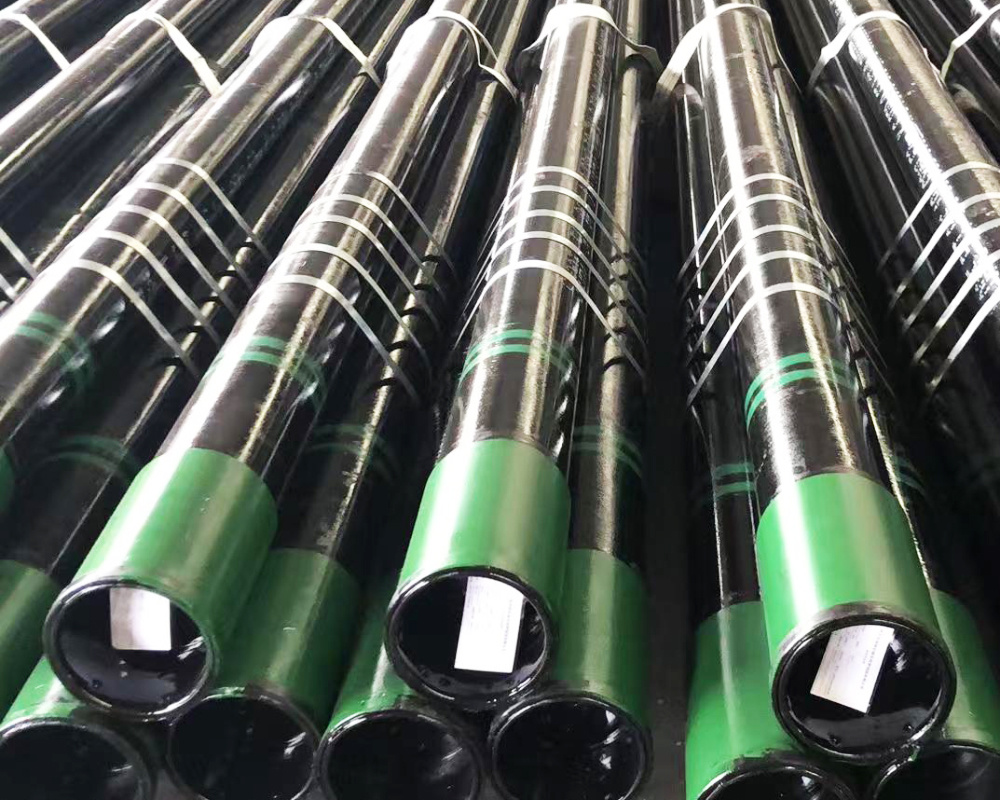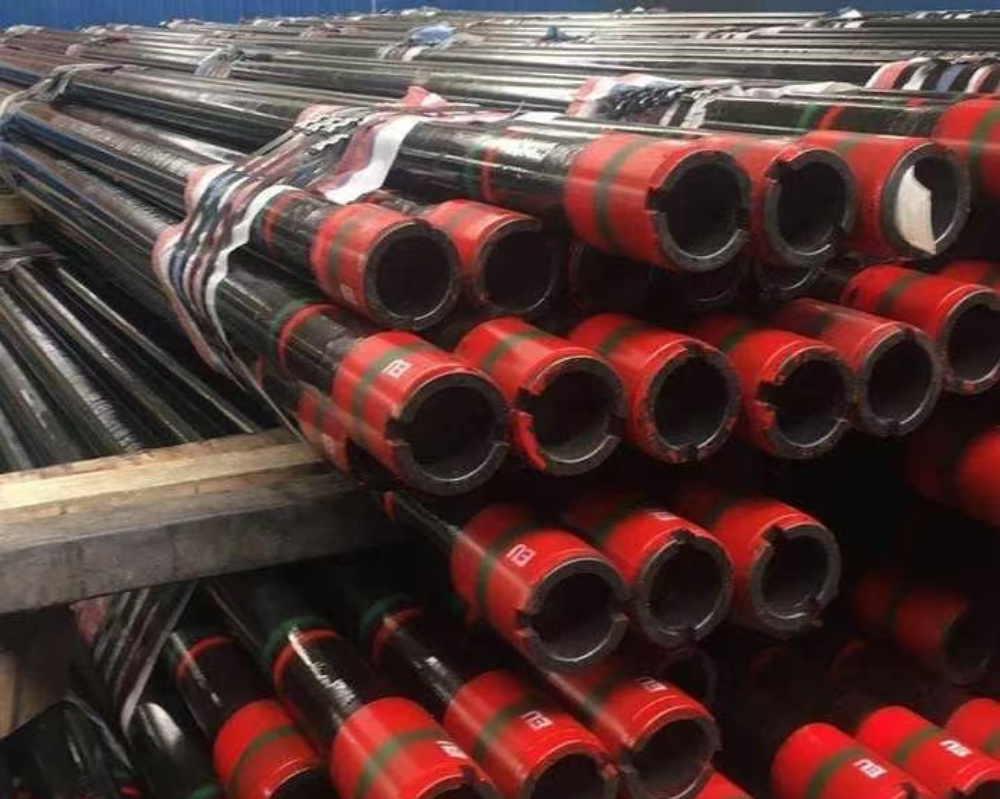Understanding A53 Seamless Pipe: Key Features and Advantages
Understanding A53 Seamless Pipe: Key Features and Advantages
Table of Contents
1. Introduction to A53 Seamless Pipe
2. What is A53 Seamless Pipe?
3. Key Features of A53 Seamless Pipe
3.1 Material Grade Specifications
3.2 Manufacturing Process
3.3 Size and Thickness Variability
4. Advantages of A53 Seamless Pipe
4.1 Durabilit
Understanding A53 Seamless Pipe: Key Features and Advantages
Table of Contents
- 1. Introduction to A53 Seamless Pipe
- 2. What is A53 Seamless Pipe?
- 3. Key Features of A53 Seamless Pipe
- 4. Advantages of A53 Seamless Pipe
- 5. Applications of A53 Seamless Pipe
- 6. Maintenance and Handling of A53 Seamless Pipe
- 7. Conclusion
- 8. FAQs about A53 Seamless Pipe
1. Introduction to A53 Seamless Pipe
A53 seamless pipe has become a cornerstone in the construction and decorative materials industry. Recognized for its unparalleled performance and versatility, it serves various applications, from structural support to fluid transport. Understanding the unique features and advantages of A53 seamless pipe is essential for professionals in the field, as it significantly influences project efficiency and longevity.
2. What is A53 Seamless Pipe?
A53 seamless pipe is a type of carbon steel pipe that is produced in accordance with the specifications outlined by the American Society for Testing and Materials (ASTM). This pipe is manufactured without any seams, making it less prone to leaks and structural failures compared to welded pipes. A53 pipe is available in different grades, each suited for various applications and conditions.
3. Key Features of A53 Seamless Pipe
3.1 Material Grade Specifications
A53 seamless pipes come in different grades, most commonly Grade A and Grade B. Grade A offers lower yield strength, while Grade B is characterized by higher strength and reliability. Each grade is tailored to specific industry needs, ensuring that customers find the most suitable option for their project requirements.
3.2 Manufacturing Process
The manufacturing of A53 seamless pipe involves a process called hot rolling or cold rolling. In hot rolling, steel is heated above its recrystallization temperature and then formed into a pipe shape. Cold rolling, on the other hand, takes place at room temperature, resulting in a smoother and more precise final product. The seamless nature of the pipe is achieved through the extrusion method, where a solid steel billet is forced through a die to create the desired pipe shape.
3.3 Size and Thickness Variability
A53 seamless pipes are available in various diameters and wall thicknesses. This variability allows for a wide range of applications, catering to both residential and commercial needs. Standard sizes typically range from 1/8 inch to 26 inches in diameter, while thickness can vary from schedule 10 to schedule 160.
4. Advantages of A53 Seamless Pipe
4.1 Durability and Strength
One of the most notable advantages of A53 seamless pipe is its exceptional durability and strength. The absence of seams minimizes the risk of weaknesses that could lead to failure under high pressure or extreme conditions. This makes A53 seamless pipes ideal for high-stress applications such as oil and gas transport.
4.2 Corrosion Resistance
A53 seamless pipes exhibit good resistance to corrosion, especially when produced with specific coatings or finishes. This property is crucial in environments where the pipes may be exposed to moisture, chemicals, or other corrosive agents. The ability to withstand such conditions ensures a longer lifespan and reduced maintenance costs.
4.3 Weldability
The weldability of A53 seamless pipe is another significant advantage. It can be easily welded to other materials, allowing for flexibility in construction and repair. This characteristic is especially beneficial when dealing with complex piping systems that require multiple connections and fittings.
5. Applications of A53 Seamless Pipe
A53 seamless pipes are employed across various industries, including:
- **Oil and Gas**: Used for transporting petroleum and natural gas due to their strength and leak resistance.
- **Construction**: Serves as structural supports and framework in buildings, bridges, and other infrastructures.
- **Water and Wastewater**: Utilized in piping systems for potable and non-potable water transport.
- **Manufacturing**: Employed in the production of machinery and equipment that require high-strength piping solutions.
6. Maintenance and Handling of A53 Seamless Pipe
Proper maintenance and handling of A53 seamless pipes are essential to ensure their longevity and performance. It is crucial to:
- **Inspect Regularly**: Conduct routine inspections for any signs of corrosion or structural weaknesses.
- **Store Correctly**: Keep pipes in a dry, covered area to prevent moisture accumulation, which can lead to rust.
- **Follow Safety Protocols**: When transporting or installing A53 seamless pipes, adhere to safety guidelines to prevent injury and damage.
7. Conclusion
In summary, A53 seamless pipe is a vital component in today's construction and manufacturing industries. Its unique features—such as durability, corrosion resistance, and weldability—make it an excellent choice for various applications. Understanding the key advantages of A53 seamless pipe enables industry professionals to make informed decisions that enhance project efficiency and safety.
8. FAQs about A53 Seamless Pipe
What is the difference between A53 Grade A and Grade B?
A53 Grade A has lower yield strength than Grade B, making Grade B more suitable for high-pressure applications.
Can A53 seamless pipe be used for water supply?
Yes, A53 seamless pipes are commonly used in both potable and non-potable water systems due to their reliability and strength.
How do I determine the right size of A53 seamless pipe for my project?
Choosing the right size involves considering the flow requirements, pressure ratings, and the specific application. Consulting with a piping expert can help in making the correct selection.
What are the typical dimensions available for A53 seamless pipes?
A53 seamless pipes are available in diameters ranging from 1/8 inch to 26 inches, with various wall thicknesses.
Is A53 seamless pipe suitable for high-temperature applications?
A53 seamless pipes can handle moderate temperatures but are not typically recommended for extreme heat applications. For such conditions, specialized pipes may be required.
TAG:
Related Posts
Understanding A53 Seamless Pipe: Key Features and Advantages
Understanding A53 Seamless Pipe: Key Features and Advantages
Table of Contents
1. Introduction to A53 Seamless Pipe
2. What is A53 Seamless Pipe?
3. Key Features of A53 Seamless Pipe
3.1 Material Grade Specifications
3.2 Manufacturing Process
3.3 Size and Thickness Variability
4. Advantages of A53 Seamless Pipe
4.1 Durabilit









